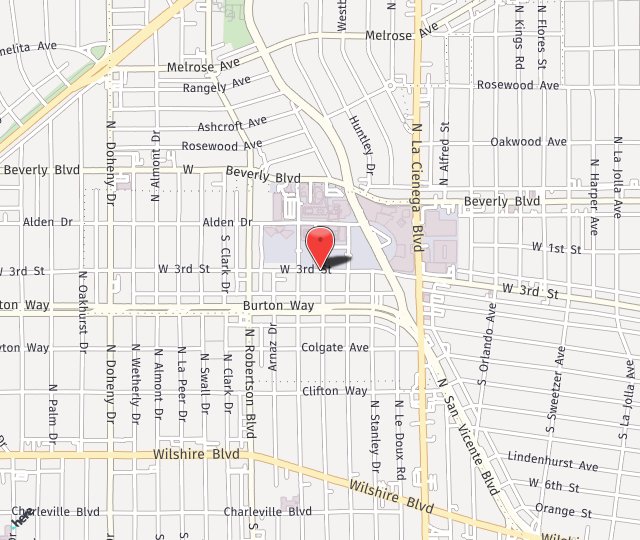Nerve Decompression/Neurolysis
What is Nerve Decompression?
This procedure relies on surgically releasing the tight fascia, muscle, tendon, and sometimes bone that are compressing the nerve and cutting out the scar tissue around it. The goal is to provide space for the nerve, giving it a chance to regenerate its outer myelin sheath. Doing so in a timely fashion should lead to speedier electrical signals and return of movement, feeling, and function.
What is Neurolysis?
Neurolysis is another name for nerve decompression and specifically includes cutting out scar tissue around the nerve.
Who is a candidate for Nerve Decompression / Neurolysis?
In entrapment injuries and some stretch-type injuries, the nerve can become compressed beneath tight anatomic structures such as fascia, muscle, tendon, and even bone. In these situations, the nerve remains in continuity but is its outer lining can be damaged by the pressure caused by these tight structures. In response, scar tissue replaces the natural outer insulation of the nerve, called myelin. With scar replacing myelin, electrical signals cannot easily travel. As a result, muscles are not signaled to contract and areas of the skin feel numb. In these situations, nerve decompression or neurolysis may be a useful treatment option.
How long is the recovery for Nerve Decompression / Neurolysis?
Nerve Decompression / Neurolysis generally takes less than one-hour per surgical site and can be performed under general or wide awake local anesthesia. After surgery, the surgical area is wrapped in a soft dressing. Following a 1-2-hour recovery period, patients are discharged home the same day on Tylenol, Motrin, and sometimes on a short course of narcotics. Light activity is encouraged when comfortable for the patient. One week after surgery, patients may take off their bandages and get the incision wet. Six weeks after surgery, patients may resume full activity. With mild and/or intermittent symptoms, relief of numbness, tingling, and pain is often immediate. With long-standing or severe cases, relief of symptoms and return of muscle function may be more gradual and over the course of many months.
Which conditions can be treated with Nerve Decompression / Neurolysis?
Nerve Decompression / Neurolysis procedures are useful in treating;
-
- Carpal Tunnel Syndrome
- Chronic Headaches
- Cubital Tunnel Syndrome
- Diabetic Neuropathy
- Peroneal Nerve Entrapment
- Radial Tunnel Syndrome
- Tarsal Tunnel Syndrome
- Thoracic Outlet Syndrome


